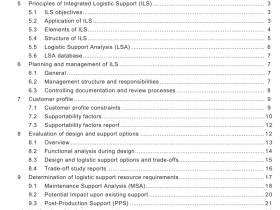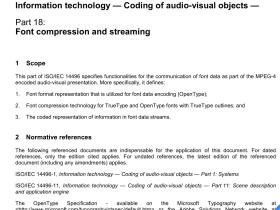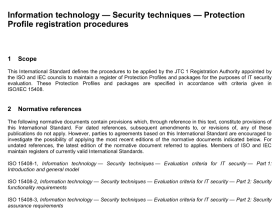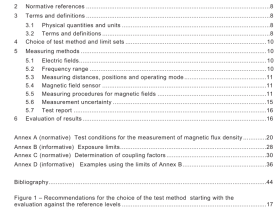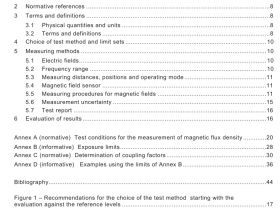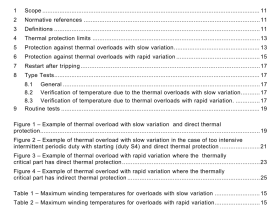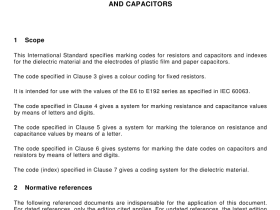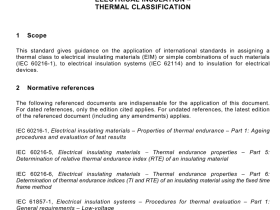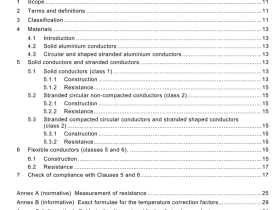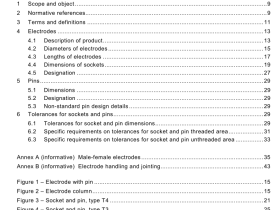IEC 60095-1 pdf download
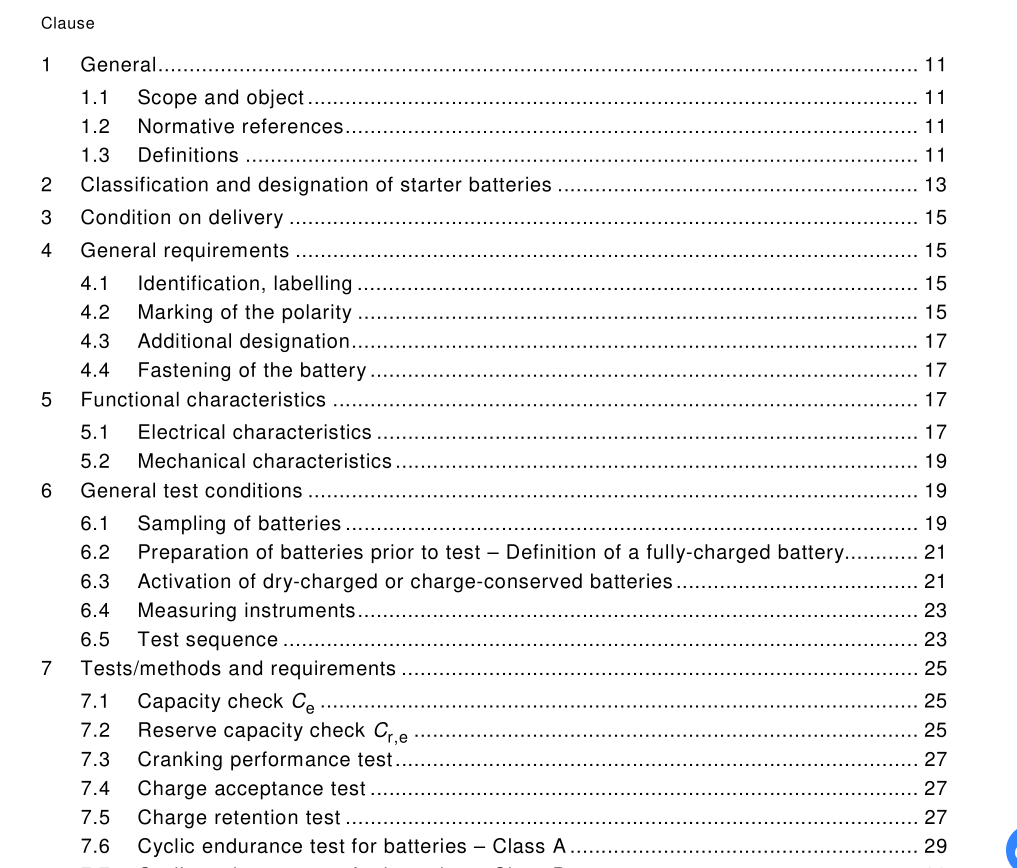
IEC 60095-1 pdf download Lead-acid starter batteries – Part 1 : General requirements and methods of test
1.1Scope and object
This part of lEC 60095 is applicable to lead-acid batteries with a nominal voltage of 12 v,used primarily as a power source for the starting and igniting of internal combustion engines,lighting and for auxiliary equipment of internal combustion engine vehicles. These batteriesare commonly called “starter batteries”.
This standard is not applicable to batteries for other purposes,such as the starting of railcarinternal combustion engines.
The object of this standard is to specify- general requirements;
– essential functional characteristics, relevant test methods and results required;
for several classes of starter batteries
– according to the general type of application,
– according to the climates in which they are predominantly operated,- according to the type of product.
1.2Normative references
The following normative documents contain provisions which,through reference in this text,constitute provisions of this part of lEC60095. For dated references,subsequentamendments to, or revisions of, any of these publications do not apply.However,parties toagreements based on this part of lEC 60o95 are encouraged to investigate the possibility ofapplying the most recent editions of the normative documents indicated below.For undatedreferences,the latest edition of the normative document referred to applies. Members of lECand lso maintain registers of currently valid lnternational Standards.
IEC 60050(486):1991,International Electrotechnical Vocabulary(IEV) – Chapter 486:Secondary cells and batteries
IEC 60095-2:1984,Lead-acid starter batteries – Part 2: Dimensions of batteries anddimensions and marking of terminals
1.3Definitions
For the purpose of this International Standard,the definitions of IEC 60050(486) areapplicable.
2 Classification and designation of starter batteries
2.1 According to their application, three classes of batteries are defined as follows:
– Class A: corresponds in particular to passenger vehicles, light commercial vehicles and similar applications.
– Class B: corresponds in particular to trucks, buses, taxis, agricultural vehicles,machinery used for public works and similar applications.
– Class C: corresponds in particular to high temperature duty for passenger vehicles, light commercial vehicles and similar applications.
NOTE Characteristics related to class C batteries are under consideration.
2.2 According to their type:
– Vented (flooded) battery: a vented battery is a secondary battery having a cover provided with one or more openings through which gaseous products may escape.
– Valve-regulated (with gas recombination) battery: a valve-regulated battery is a secondary battery which is closed under normal conditions but which has an arrangement which allows the escape of gas if the internal pressure exceeds a predetermined value. The battery cannot normally receive an addition of electrolyte.
In this type of battery, the electrolyte is immobilized.
2.3 According to the climate they are designed for: Batteries of classes A and B are intended for use in temperate and cold climates. In these batteries, when fully-charged, the density of the electrolyte shall be (1 ,28 02 0 01 0 , , + − ) kg/I at 25 °C
